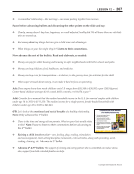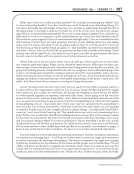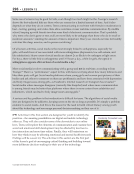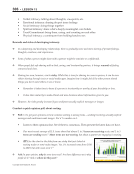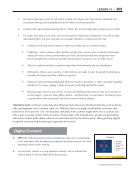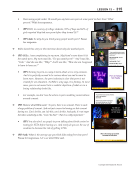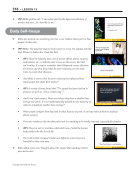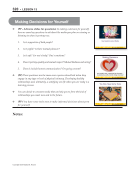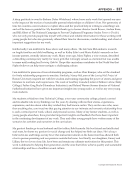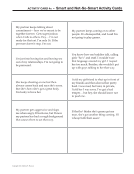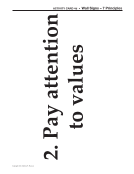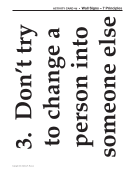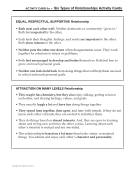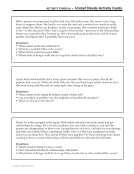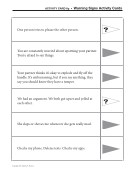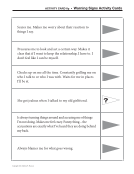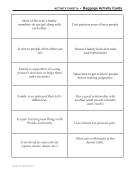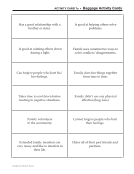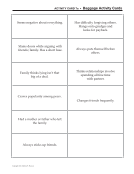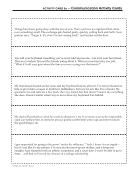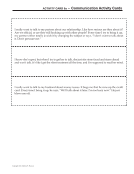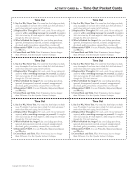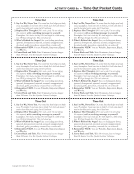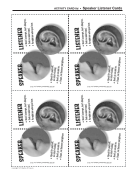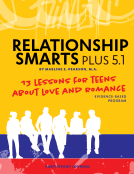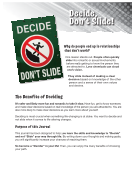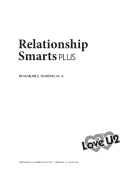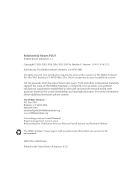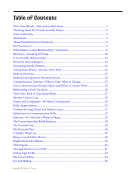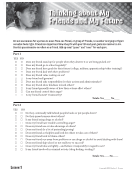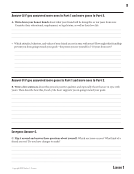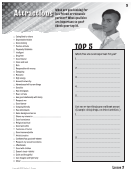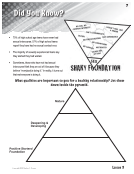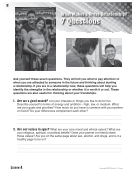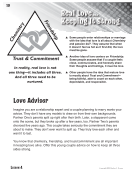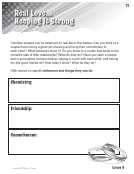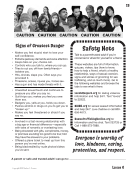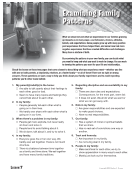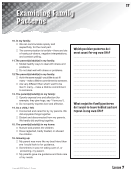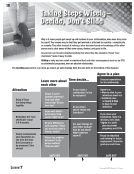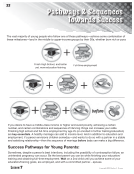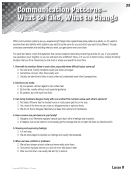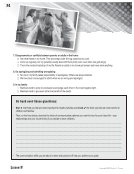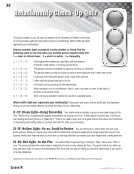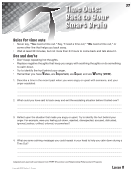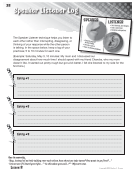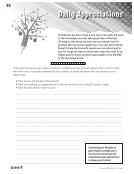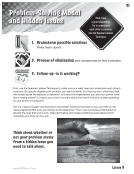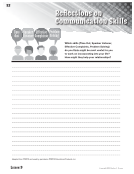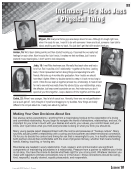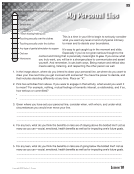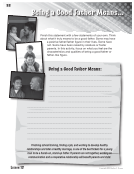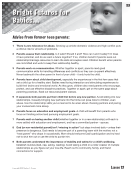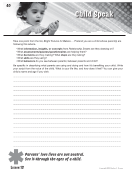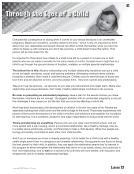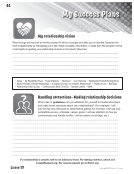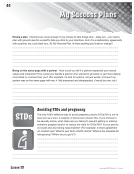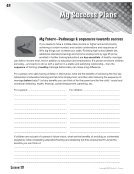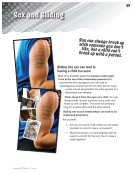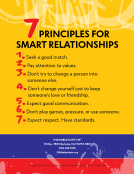Copyright 2025 Marline E. Pearson
112 • LESSON 6
❖ The sexual exploitation often starts slowly. The trafficker might ask their victim to have sex “just this
once” or to “help me out”. Or, “let me take a few pictures or videos of you—you’re so beautiful.”
• A common story told by survivors of sex trafficking is that they were made to view porn to “train”
them to feel this is what’s to be expected and normal.
❖ (PP) Social media is increasingly used to recruit victims.
• Traffickers can gain access to information on a potential victim from
their social media profiles—their interests, if they are happy or not.
• They’re especially on the watch for youth who are unhappy and post
expressions of emptiness and disappointment, such as “nobody gets
me” or “my life sucks” or “I need to get out of here”. They may start by commenting on photos.
• It’s the same process of building a relationship, pretending to understand and care, and seemingly
able to offer what the victim needs.
• They then convince the person to meet up or send a risky picture.
1. Know that everyone deserves love, kindness, caring, and protection
without a price. (PP)
• No one’s body should be a product to be bought and sold for
someone else’s money gain or pleasure. No one should ever have to
exchange sex for their safety or survival.
2. Become aware of any unmet needs you might have that could make you a
target. We all have four basic human needs—physical, emotional, mental, and social. Some of us have not
gotten these needs met in healthy ways growing up through no fault of our own.
• Work to build yourself up to be the person you want to be. Take steps towards where you want
to be in 5 or 10 years.
• Learn what real love is and is not what a healthy relationship is and is not.
3. If you have a gut feeling something’s not right—tales of romantic and everlasting love being showered
with gifts, money, or promises sounding too good to be true getting involved (online or in-person) in a
fast-moving relationship with big age or financial differences, check it out with a safe and trusted adult.
Reducing Risks—Prevention
112 • LESSON 6
❖ The sexual exploitation often starts slowly. The trafficker might ask their victim to have sex “just this
once” or to “help me out”. Or, “let me take a few pictures or videos of you—you’re so beautiful.”
• A common story told by survivors of sex trafficking is that they were made to view porn to “train”
them to feel this is what’s to be expected and normal.
❖ (PP) Social media is increasingly used to recruit victims.
• Traffickers can gain access to information on a potential victim from
their social media profiles—their interests, if they are happy or not.
• They’re especially on the watch for youth who are unhappy and post
expressions of emptiness and disappointment, such as “nobody gets
me” or “my life sucks” or “I need to get out of here”. They may start by commenting on photos.
• It’s the same process of building a relationship, pretending to understand and care, and seemingly
able to offer what the victim needs.
• They then convince the person to meet up or send a risky picture.
1. Know that everyone deserves love, kindness, caring, and protection
without a price. (PP)
• No one’s body should be a product to be bought and sold for
someone else’s money gain or pleasure. No one should ever have to
exchange sex for their safety or survival.
2. Become aware of any unmet needs you might have that could make you a
target. We all have four basic human needs—physical, emotional, mental, and social. Some of us have not
gotten these needs met in healthy ways growing up through no fault of our own.
• Work to build yourself up to be the person you want to be. Take steps towards where you want
to be in 5 or 10 years.
• Learn what real love is and is not what a healthy relationship is and is not.
3. If you have a gut feeling something’s not right—tales of romantic and everlasting love being showered
with gifts, money, or promises sounding too good to be true getting involved (online or in-person) in a
fast-moving relationship with big age or financial differences, check it out with a safe and trusted adult.
Reducing Risks—Prevention
























































































































































































































































































